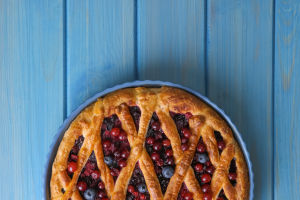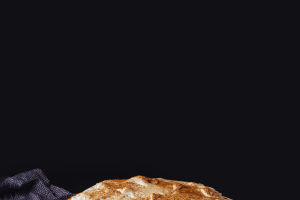The baguette is the most famous of the long breads. It is characterized by a crispy skin, a soft and slightly tough inside, and the more chewy it is, the more fragrant it is, full of wheat flavor. It is formulated from the simplest of ingredients.
Eating baguette is not as cumbersome as the French feast. You only need to stretch out your left hand to grab the long stick, clamp it with your five fingers, and then follow with your right hand to catch the end of the bread, then turn your left hand down and your right hand up to put the bread. Unscrew and eat. The baguette that has just come out of the oven has not yet cooled completely, and it is slightly warm in the hand. The outside is golden and crispy, with a crisp sound when you pinch it, while the inside is full of air, light and soft. It can be eaten directly at this time.
In addition to eating directly, dipping in coffee or tea is also a delicious way to eat. You sometimes see people smearing a baguette slice with a lot of butter and jam, then putting almost the entire slice directly into the tea or coffee. This way of eating is also quite common.
If you want a richer flavor, you can pair it with cheese or foie gras. If the appetizer is foie gras, cheese, etc., you can cut it with a knife and smear it directly on a small piece of baguette, and put it in your mouth together. When chewed, the taste is rich and memorable. Also served with cheese, sprinkled with herbs and lightly toasted, the cheese is fragrant.
Long bread is mainly made of wheat. The main components of wheat are carbohydrates, fat, protein, crude fiber, calcium and so on. In addition, wheat germ is also rich in dietary fiber and vitamin E. Whole grains contain the fiber that the body needs for healthy digestion and have many benefits for the human body, so it is also healthier to have long bread as a staple food.


